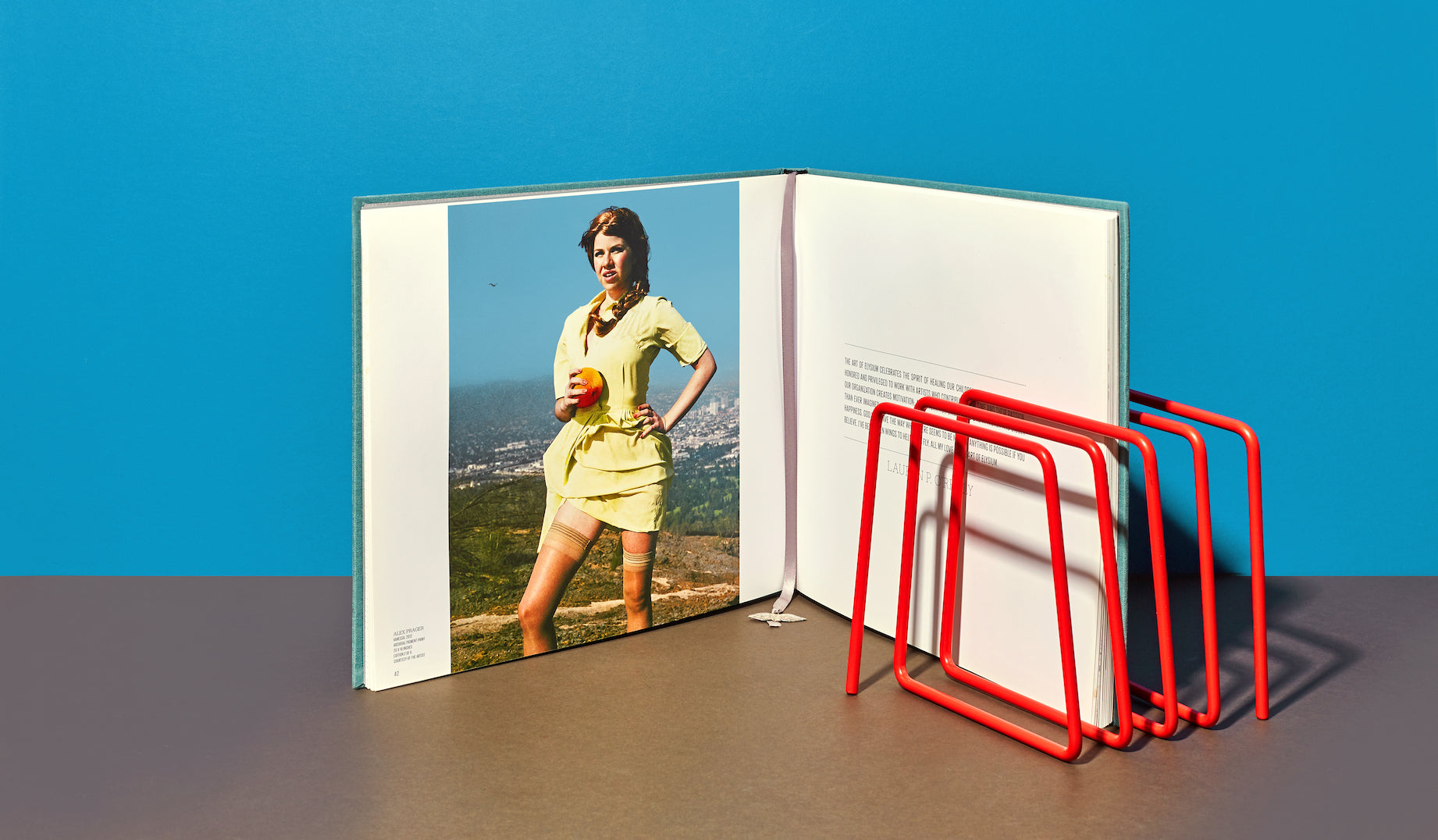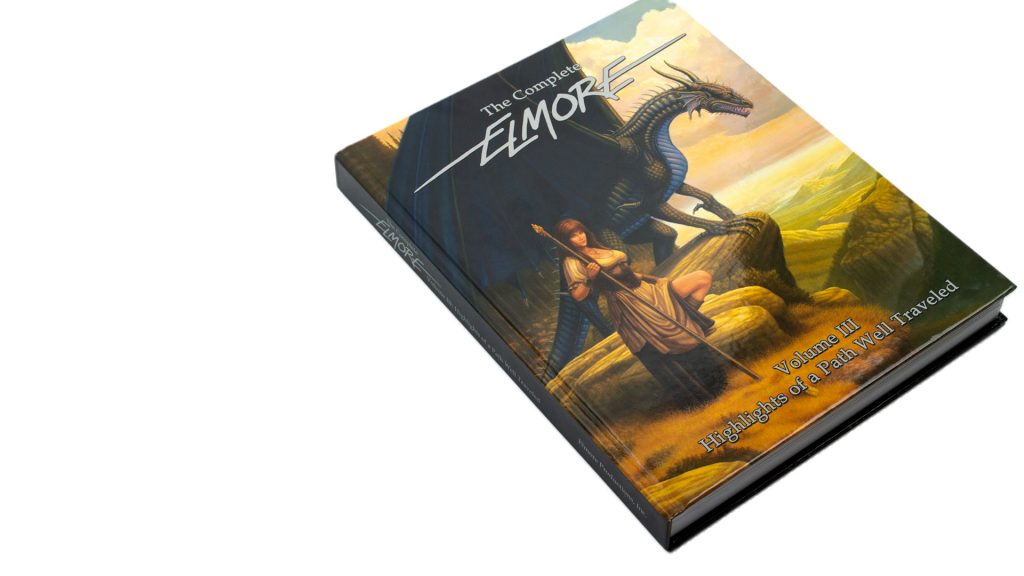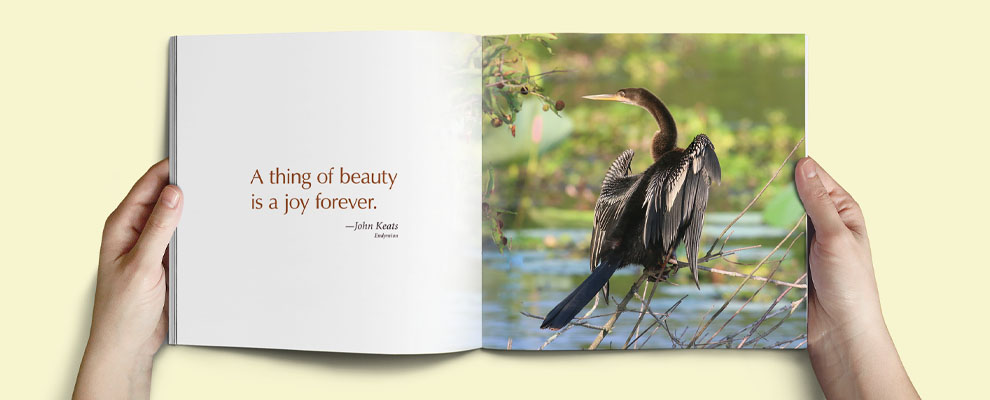Understanding the Process Behind Premium Art Book Printing for Art Fanatics
When it comes to high-quality art book printing, understanding the complexities of the procedure can raise your recognition for the final product. You might not realize just how essential paper selection and ink choices are to the vibrancy of artwork. Each element plays a significant function in accomplishing the desired result. As you explore the different elements of art book printing, you'll reveal understandings that might transform your perspective on art conservation and discussion.
The Significance of Paper Option in Art Book Printing
When it pertains to art book printing, the selection of paper can make or damage the end product. You want your artwork to beam, and the ideal paper enhances color vibrancy and information. Consider elements like weight, appearance, and coating; these elements significantly affect just how readers view your work.
For circumstances, a larger stock communicates top quality and resilience, while a distinctive coating can include deepness to photos. Smooth paper is excellent for comprehensive reproductions, enabling great lines and subtle shades to appear crisp.
Don't ignore the paper's illumination; a brighter sheet can aid shades pop, making your art extra eye-catching. You'll likewise intend to believe about how the paper interacts with inks and whether it can handle the printing process without warping or bleed-through. Ultimately, selecting the appropriate paper establishes the stage for your art, ensuring it records the target market's focus just as you visualized.
Choosing the Right Inks for Vivid Recreations
Selecting the right inks is simply as crucial as selecting top quality paper to achieve vibrant recreations in your art book. When you're printing artwork, you desire colors that pop and properly stand for the original item. Go with inks with a high pigment concentration; these often tend to create richer and more saturated shades.
You could think about making use of historical inks, which stand up to fading over time, ensuring your art book stays as striking as the day it was printed. If you're collaborating with pictures or digitally created art, pigment-based inks can offer a larger color gamut, improving information and deepness.
Do not forget about the surface! Matte and shiny inks can drastically change the appearance of your art work, so assume concerning the look you're aiming to achieve - art book. Eventually, the ideal ink option enhances your paper option, creating a stunning visual experience for your visitors
The Duty of Shade Management in Print Quality
Color management plays a crucial function in accomplishing high print top quality for your art book. It guarantees that the shades you see on your display convert precisely to the printed web page. Without reliable color management, your vivid artworks might appear plain or distorted, threatening your innovative vision.
To start, calibrate your monitor regularly. This step aids maintain constant shade representation. Next off, use color accounts tailored for your printer and paper type. These accounts guide the printer in duplicating shades accurately, decreasing inconsistencies in between electronic and printed versions.
When you prepare your documents, think about making use of a shade room like Adobe RGB or CMYK, depending on your printer's specifications. Always proof your job, too; a test print can reveal any potential color issues before the last run. By focusing on shade monitoring, you guard the integrity of your art, ensuring your audience experiences it as you intended.

Recognizing Various Binding Methods
Accomplishing the ideal search for your art book surpasses color monitoring; binding methods also play a significant role in its general presentation and sturdiness. You have several options to examine, each with its own unique characteristics.
If you're going for an expert feel, situation binding supplies a sturdy option with a hard cover, ideal for showcasing your artwork. On the various other hand, excellent binding supplies a flexible spine while maintaining costs down, making it a preferred option for softcover books.
Spiral binding permits your art book to lay flat, which is excellent for presenting photos without obstruction. At the same time, saddle sewing is optimal for smaller pamphlets, providing a tidy surface without the mass.
Eventually, the binding technique you choose must reflect your artistic vision and how you desire readers to engage with your work. See to it to consider these choices very carefully to achieve the most effective end result for your task.
The Effect of Publish Dimension and Layout on Discussion
While the option of print dimension and design might appear additional to content, they substantially affect how your artwork is regarded. The dimensions of your prints can either boost or lessen the influence of your pieces. Bigger prints can attract audiences in, permitting them to value elaborate information, while smaller styles might call for even more intimate involvement.

Preservation Techniques for Lasting Art Books
To ensure your art books stand the test of time, it's necessary to execute effective conservation techniques. Begin by saving them in a great, dry environment, away from straight sunlight and moisture. This avoids fading and warping, maintaining your web pages intact. Use acid-free storage space More Help boxes or safety sleeves to shield them from dirt and physical damage.
When managing your publications, constantly wash your hands or put on cotton handwear covers to prevent oils and dirt moving onto the web pages. Avoid bending or creasing the backs; instead, make use of book supports when showing them.
For added protection, take into consideration spending in archival-quality products for any type of repair services or improvements. Routinely check your collection for signs of wear pop over to this site or damages, resolving issues promptly. By adhering to these straightforward methods, you can guarantee your art publications remain lively and easily accessible for years ahead, maintaining their appeal and value for future generations.
Working together With Printers for Optimum Results
When you prepare to print your art book, selecting the appropriate printer is necessary to accomplishing your vision. Clear interaction concerning your assumptions and demands will assist guarantee that both you and the printer get on the same web page. Let's discover exactly how to make this cooperation as smooth and efficient as possible.
Picking the Right Printer

Reliable Communication Strategies
Effective interaction is essential for turning your art book vision into truth, especially when collaborating with printers. art book. Start by plainly describing your job's objectives, consisting of layout components, recommended materials, and any type of certain printing strategies. Don't hesitate to share your motivations and recommendations; this aids the printer understand your visual
Establish normal check-ins to talk about progress and deal with any kind of questions. Use visuals, like mock-ups or samples, to convey your ideas better. Be open to responses, as printers commonly have valuable insights that can enhance your project. Finally, keep a favorable relationship by being considerate and appreciative of their competence. This cooperation will ensure that your art book satisfies your expectations and shines in its last form.
Often Asked Questions
What Prevail Blunders to Avoid in Art Book Printing?
When printing your art book, stay clear of usual mistakes like bad resolution photos, wrong color accounts, and overlooking page design. Don't neglect to proofread and double-check details to validate your final product fulfills your assumptions.
Exactly How Does Digital Printing Differ From Conventional Printing Approaches?
Digital printing uses electronic data to develop prints directly, permitting quicker turn-around and customization. On the other hand, standard methods include physical plates, which can be time-consuming and less flexible for little runs or special styles.
What Is the Normal Turn-around Time for Art Book Printing?
The normal turn-around time for art book printing differs, yet you can expect it to take anywhere from a few weeks to a number of months. Aspects like intricacy, amount, and printing method all affect this timeline.
Can I Publish a Limited Edition Art Book Financially?
You can publish a restricted edition art book economically by selecting economical products, enhancing print runs, and making use of digital printing alternatives. Cautious planning and budgeting will certainly assist you accomplish high quality without spending too much.
What Are the Environmental Factors To Consider in Art Book Printing?
When considering art book printing, you need to consider environmentally friendly materials, lasting inks, and energy-efficient procedures (art book). Choosing neighborhood printers can additionally decrease your carbon impact, making your job both stunning and eco responsible